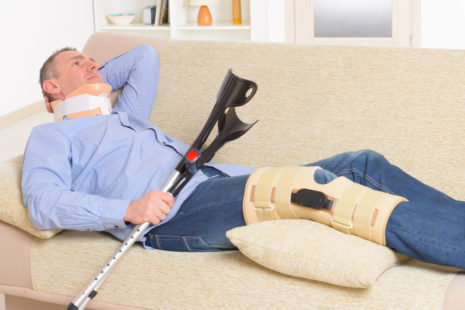Walking can benefit individuals with spinal stenosis, as it can help improve symptoms and overall spine health. The impact of walking on spinal stenosis can vary depending on the individual’s specific condition and how they approach their walking routine.
Here are some points to consider…
- Low-Impact Exercise – Walking is a low-impact exercise that does not stress the spine excessively. Unlike high-impact activities like running or jumping, walking is generally well-tolerated by most individuals with spinal stenosis.
- Promotes Spinal Flexibility – Walking can promote spinal flexibility and mobility, benefiting individuals with spinal stenosis. Regular movement can help prevent the spine from becoming stiff and maintain a healthier range of motion.
- Encourages Blood Flow – Walking helps improve blood circulation, delivering essential nutrients and oxygen to the spinal structures, including the nerves and discs. This can support the healing process and reduce inflammation in the affected area.
- Supports Weight Management – Maintaining a healthy weight is essential for individuals with spinal stenosis, as excess weight can strain the spine. Regular walking can contribute to weight management and reduce the load on the affected area.
- Gradual Progression – If you have spinal stenosis, it’s crucial to start with a gradual walking routine and pay attention to your body’s response. Begin with shorter distances and flat terrains before attempting more challenging walks.
- Proper Posture – Maintain good posture while walking to minimize stress on the spine. Keep your head aligned with your spine and shoulders relaxed, and engage your core muscles to support your back.
- Listen to Your Body – If walking exacerbates your pain or discomfort, it’s essential to stop and rest. Everyone’s condition is unique, and while walking is generally considered safe for spinal stenosis, it may not suit everyone in every situation.
If you have spinal stenosis or any other medical condition, it’s always advisable to consult with a healthcare professional before starting a new exercise program. They can provide personalized recommendations based on your situation and help you develop a safe and effective walking routine.
In addition to walking, your healthcare provider may recommend other exercises, physical therapy, or treatments to manage spinal stenosis symptoms and improve your quality of life.




